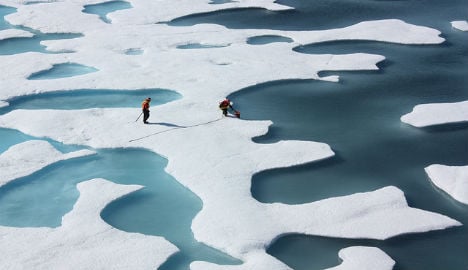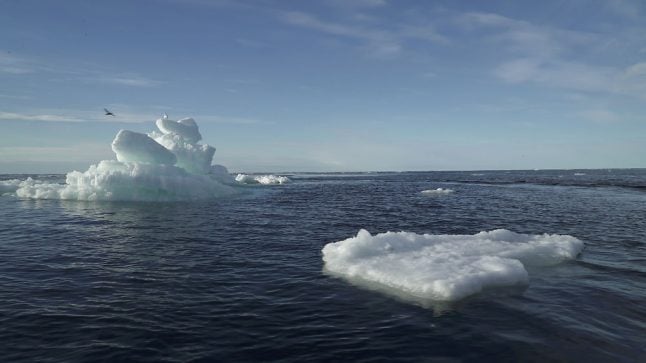STATOIL
Norway’s Statoil pulls out of Alaskan Arctic
Norway's Statoil said Tuesday it was giving up its exploration licences in Alaska after its Anglo-Dutch rival Shell threw in the towel in September because of disappointing oil and gas finds.
Published: 17 November 2015 21:45 CET

Researchers from the Nasa Goddard 2010-2011 ICESCAPE mission on the Beaufort and Chuchki Seas. Photo: NASA/Kathryn Hansen
“The main reason for our decision (to pull out of) Alaska is the results of the prospecting in the neighbouring bloc” conducted by Shell, Statoil spokesman Knut Rostad told AFP.
Shell announced in September that its Burger J well in the Chukchi Sea, off the northwest coast of Alaska, did not warrant further exploration owing to insufficient oil and gas being located and because of regulatory uncertainties.
Its withdrawal left Statoil without a potential partner to share joint infrastructure — highly costly in the extreme region — for oil and gas drilling in its own bloc.
Statoil owns 16 exploration licences in the Chukchi Sea, and stakes in 50 others where ConocoPhillips of the US is the operator.
The stakes were acquired in 2008 for $75 million, Rostad said.
As with Shell, environmentalists hailed Statoil's decision to exit Alaska and called on it to do the same in the Barents Sea.
In October, the US administration rejected requests from Shell and Statoil to extend their concessions by 10 years. They are to expire in 2017 in the Beaufort Sea and in 2020 in the Chukchi Sea.
Url copied to clipboard!


 Please whitelist us to continue reading.
Please whitelist us to continue reading.